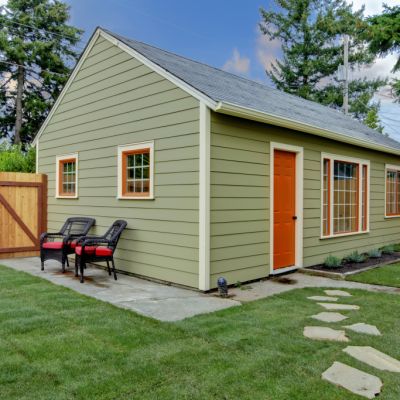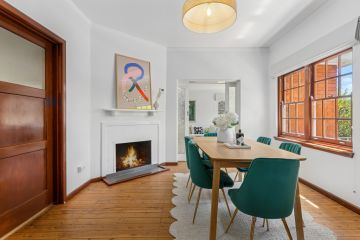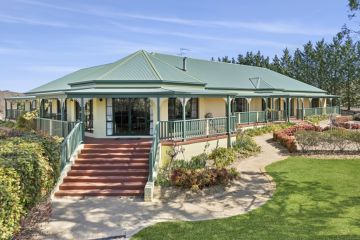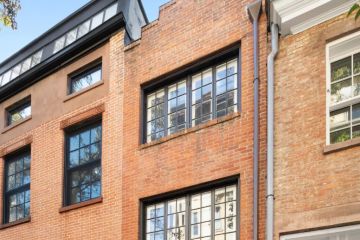Housing fit for all: Are there enough accessible homes in Canberra?
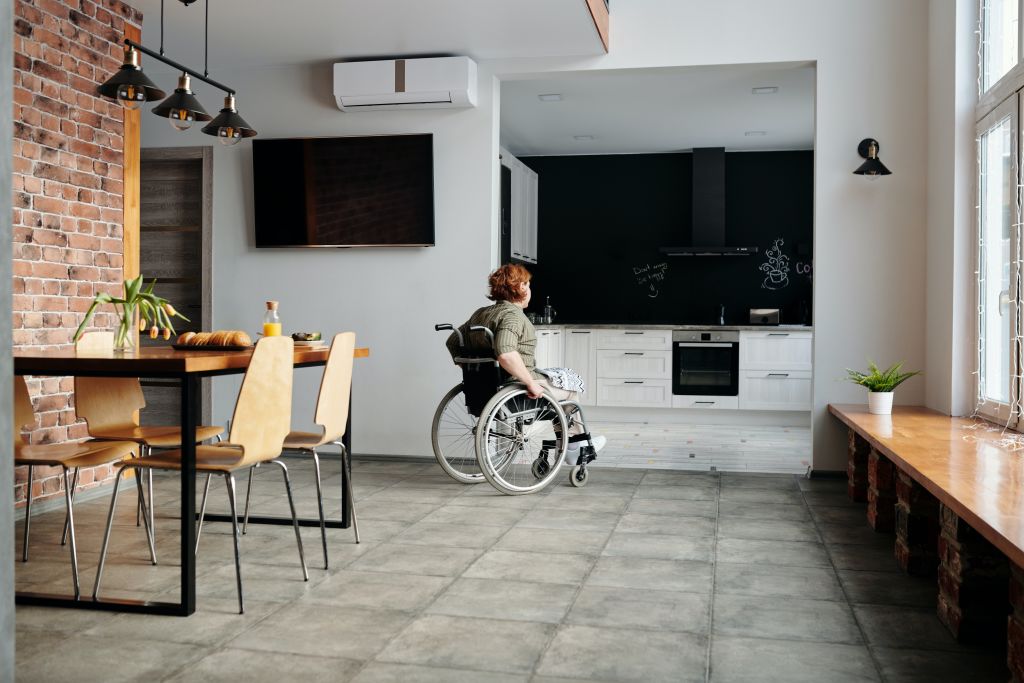
Multigenerational living is no new concept in Canberra, driven by an ageing population and unaffordable housing, which has propelled the need for larger homes for extended families.
But is there enough accessible housing in the capital for those caring for elderly parents or relatives with disabilities?
Data from the Australian Bureau of Statistics reveals that 16.2 per cent of Australians are aged 65 and above – categorised as older people. By 2066, it is projected that this demographic will make up between 21 per cent and 23 per cent of the country’s total population.
The same data shows 26.2 per cent of primary carers are looking after a parent, while 79.1 per cent of carers overall live in the same household as those they cared for.
Essentially, many more Australians live in multigenerational homes, caring for parents and older relatives.
However, these Australians are battling with a lack of suitable infrastructure that is accessible by those with a disability or limited mobility.
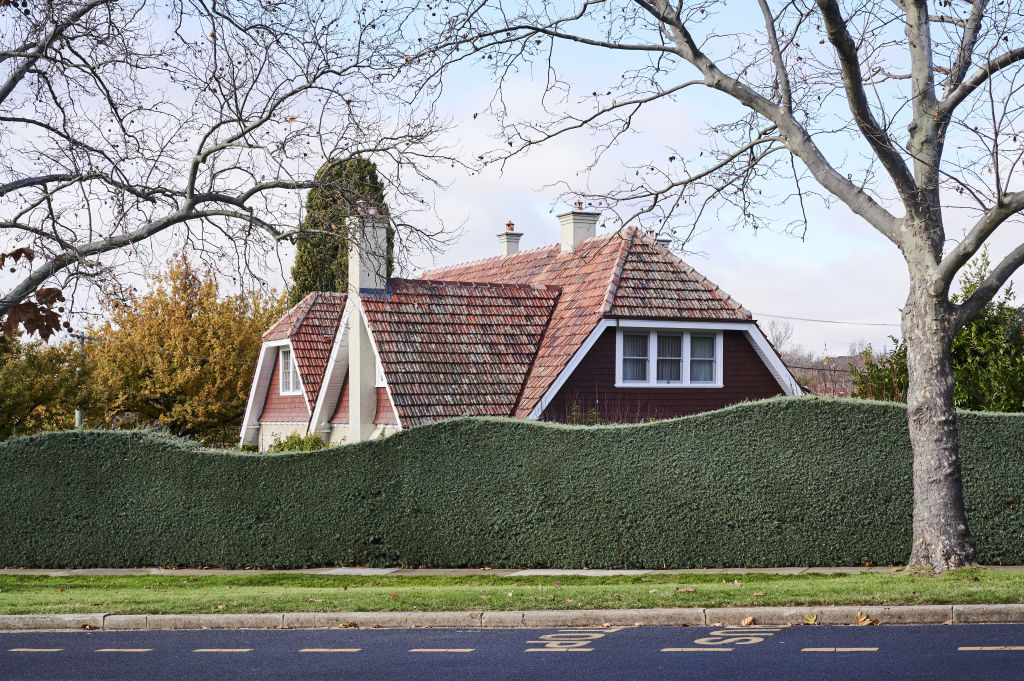
So, what are their options when it comes to buying, modifying or renting accessible homes?
Megan Ward, chief operating officer at CHC Australia, a not-for-profit community housing provider in the ACT, said there weren’t many options for older people renting or on a small budget.
“There is always demand for accessible housing, both for ageing or individuals living with a disability, so it’s essential in our community,” she said.
“For older Canberrans, depending on their personal circumstances, income, assets and eligibility, they can potentially join a long wait list with Housing ACT for something accessible.”
Ward said this had contributed to the increase in multigenerational living, having seen many recent leasing applications that fitted that bill.
“We are seeing an increased appetite of applications for multigenerational families in small spaces – for instance, three generations applying for a two-bedroom unit,” she said.
While multigenerational living can be a positive experience for families, especially those who need support, the lack of suitable rentals can easily result in overcrowding or less-than-ideal living conditions.
Council of the Aging (COTA) ACT recently held a seniors housing forum, looking at more affordable options to improve the supply of accessible housing in the region.
COTA general manager Kirsten Cross said there were some options for those lucky enough to own a home, such as through a government initiative dubbed My Aged Care.
“Depending on funding and eligibility, individuals can be supported to retrofit with rails and ramps and those kinds of things,” she says. “But as we know, it’s so much harder to retrofit places than it is to have that in the original design.”
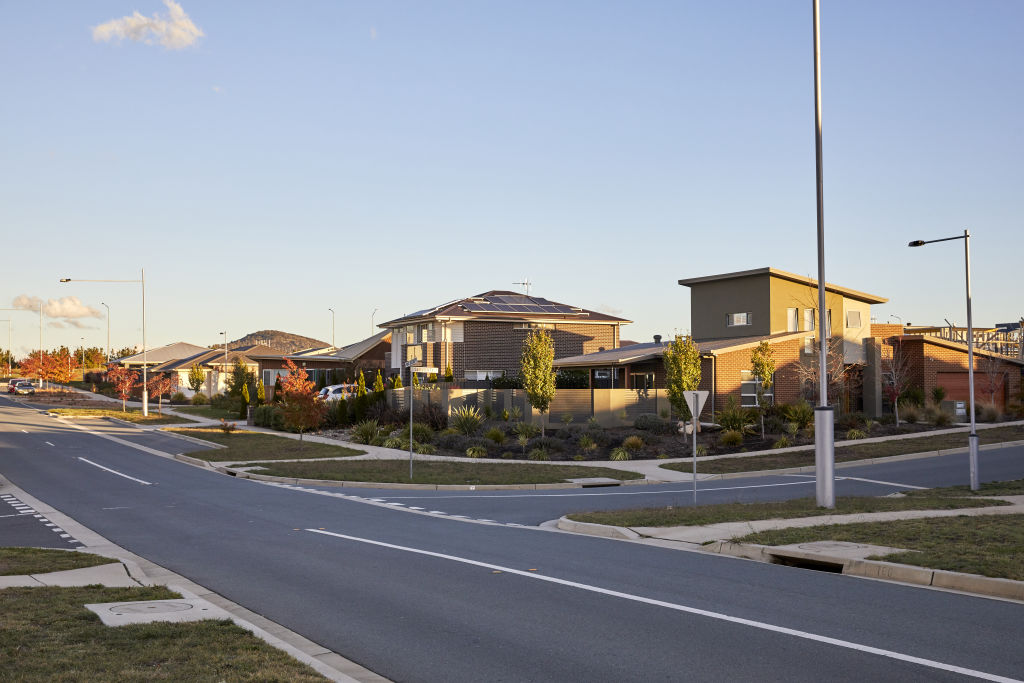
This is a sentiment shared by those in the building industry, including Andrew Kerec, co-founder of local building company Renaissance Homes.
Kerec and his family know just how many limitations there are for those living with a disability or mobility issue.
“It’s always been near and dear to my heart because my dad and previous business partner is a quadriplegic and that’s how we saw the issue,” he said.
“Particularly in the disabled community, there are hundreds of people stuck in hospitals for no reason other than they don’t have appropriate housing.”
Renaissance Homes does most of its work with government and not-for-profits, building new accessible homes that adhere to the liveable housing Australia standards.

These standards include one barrier-free threshold entry into a dwelling, and wider doors and hallways.
However, while new builds may start to become more accessible, it’s increasingly difficult to make modifications to existing older homes.
“Most of the homes prove not to be financially viable depending on the level of accessibility they need to reach,” Kerec said.
“The biggest problems with any house for accessibility are thresholds, circulation spaces and door widths, so while you can modify a bathroom to be accessible, you just about have to tear half a house down to change hallway and door sizes.”
While this means that eventually, we may have a host of homes that are more accessible and adaptable for everyone, there are still serious drawbacks now.
“One thing to remember here, too, is social inclusion; homes are meant to be homes and they are meant to be visitable,” Kerec added.
“My dad is a classic example. He has a perfectly good house that we built and it’s fully accessible and suits him perfectly but he can’t visit any of his friends or family because he can’t get into their homes.
“By increasing [the number of] homes that aren’t specifically built for disabilities, just being built for accessibility, you’re going to make a community much more socially inclusive.”
We recommend
States
Capital Cities
Capital Cities - Rentals
Popular Areas
Allhomes
More
